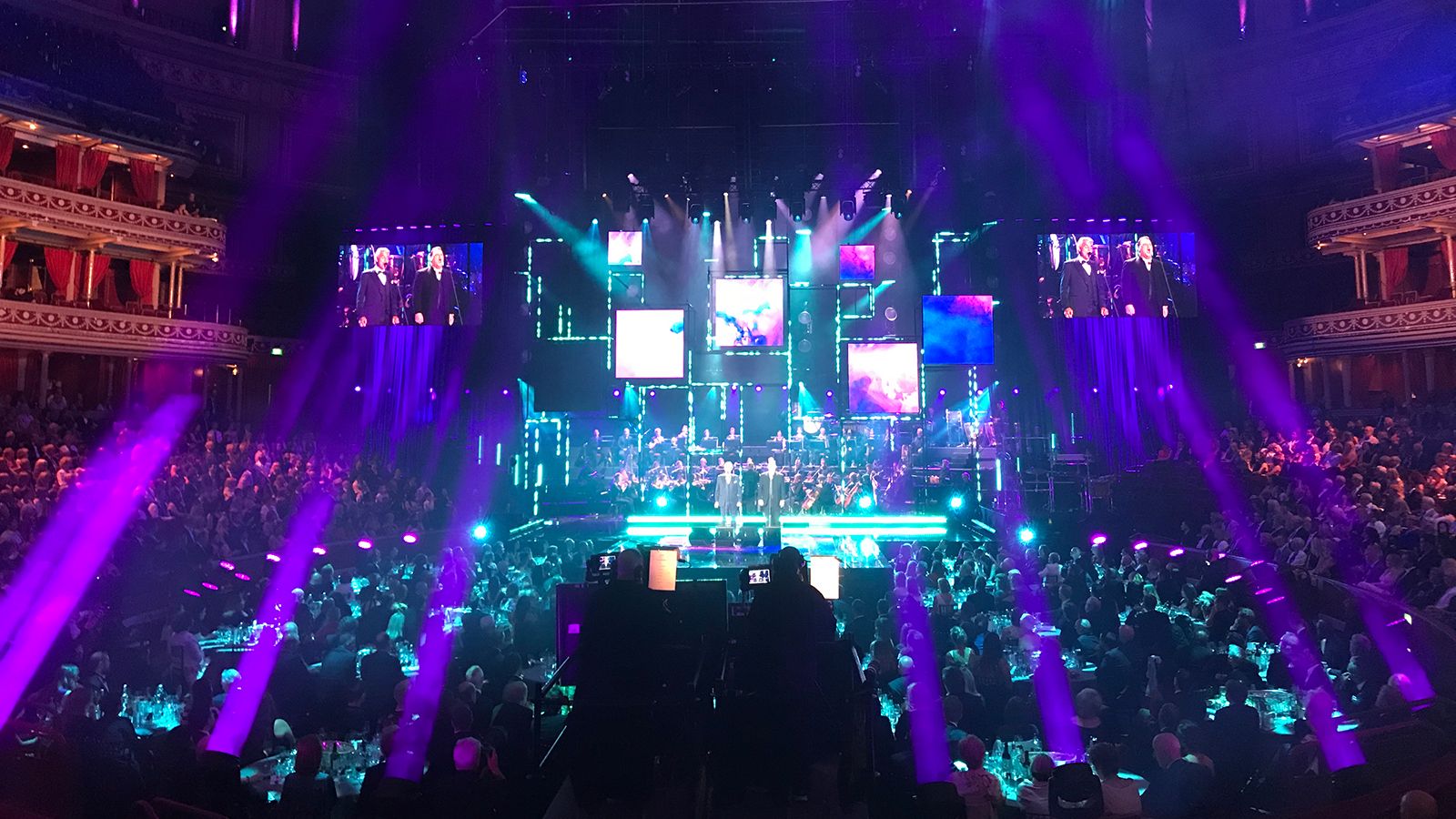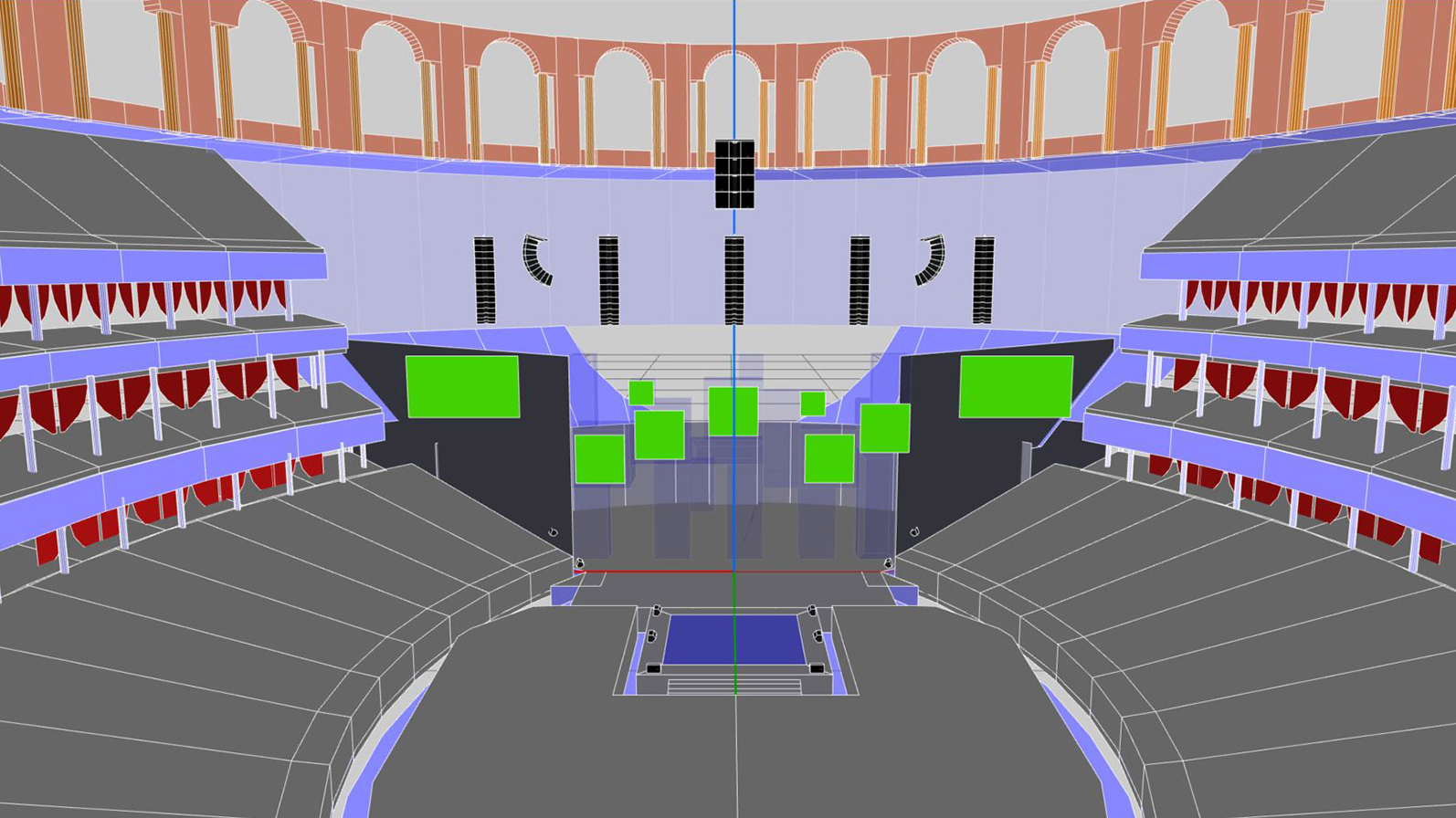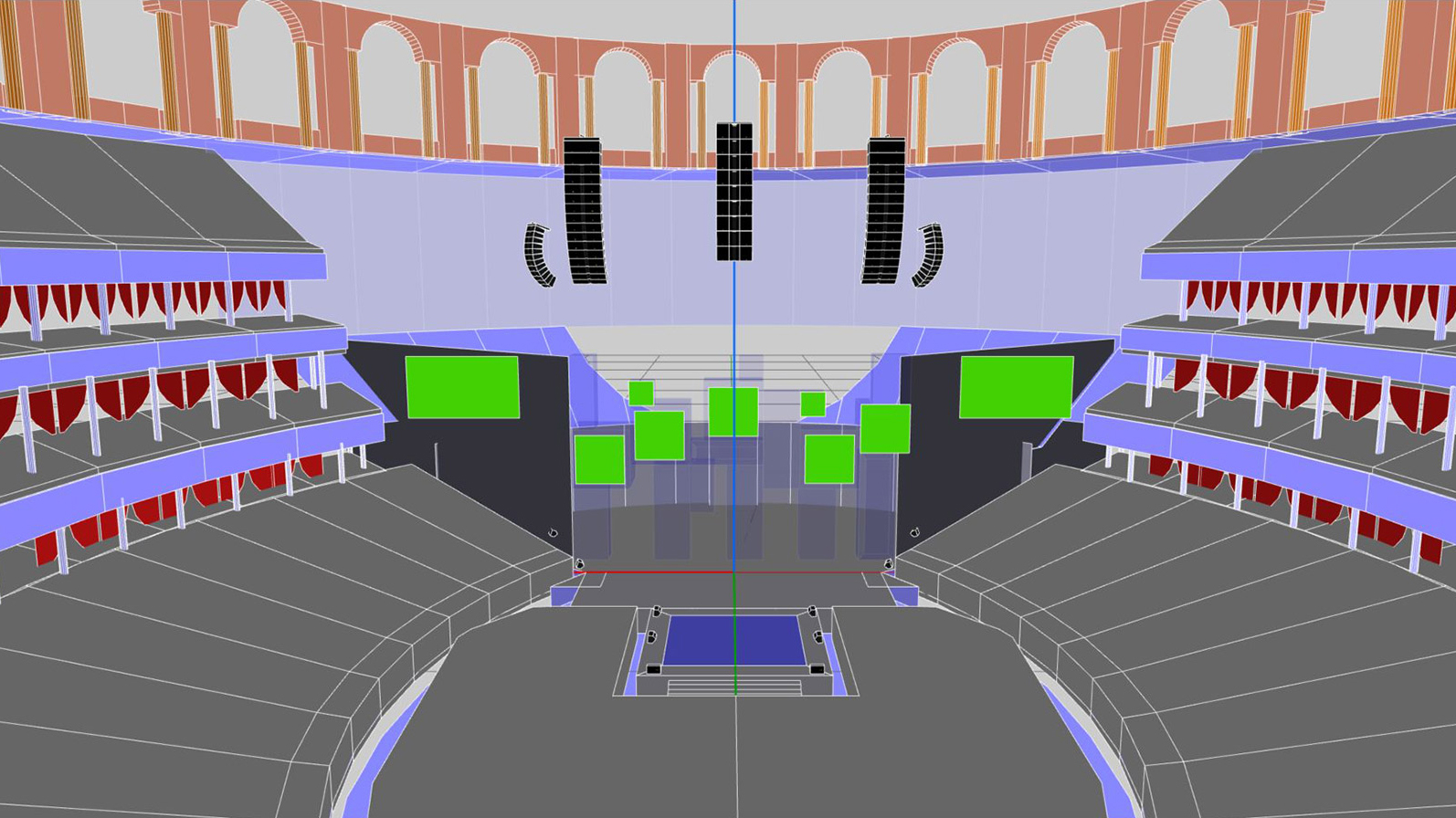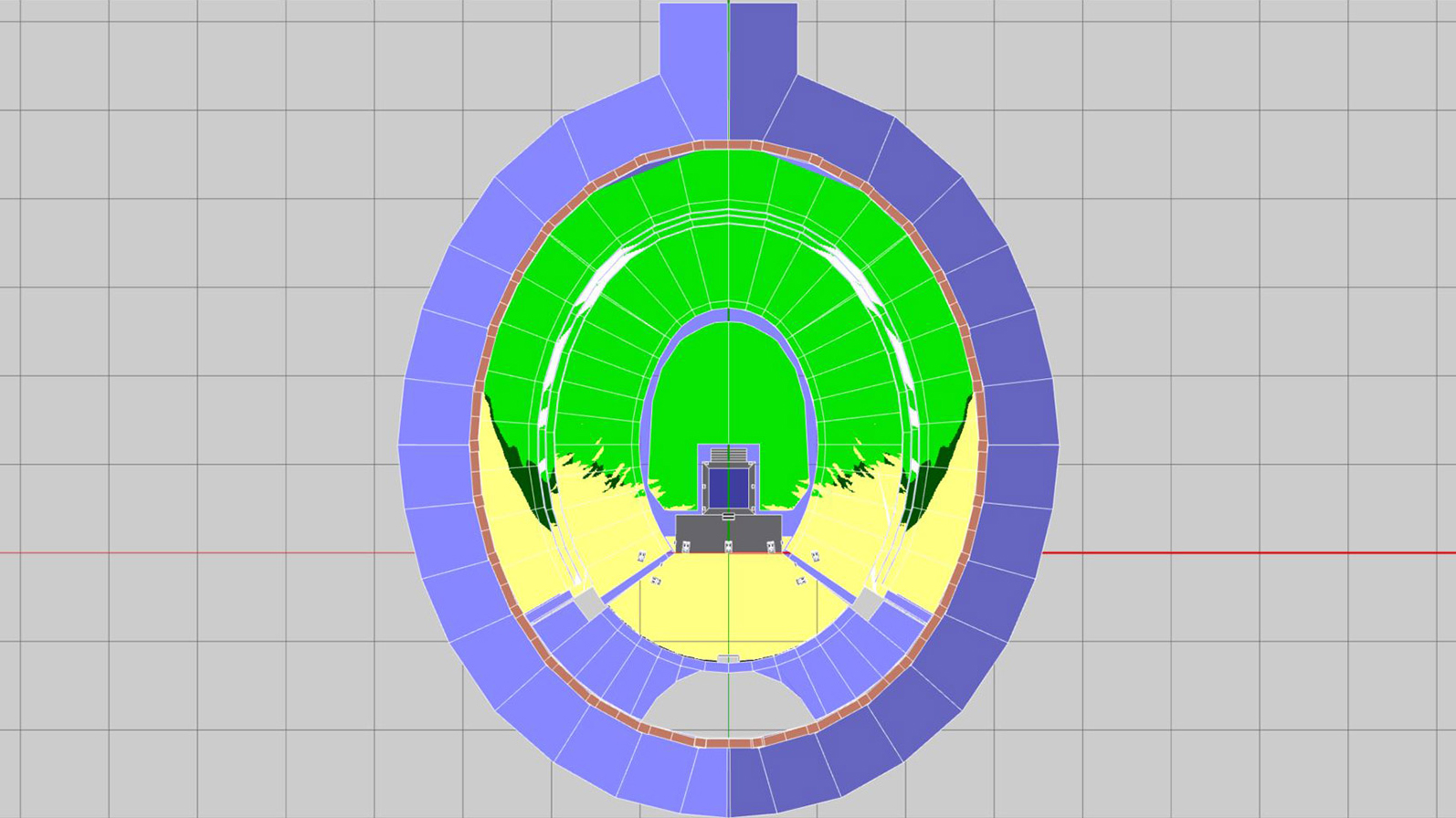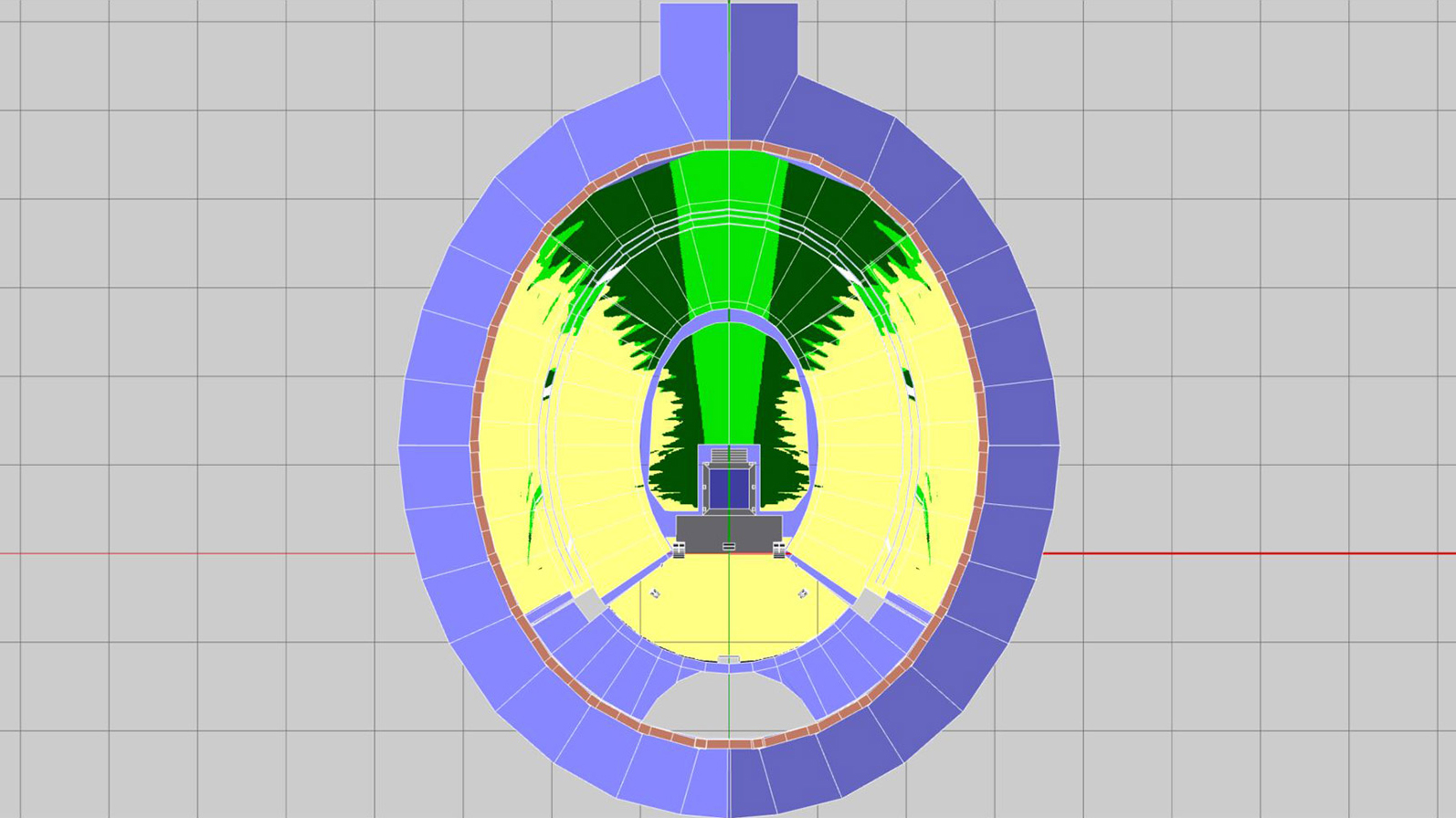Project Description
Part of the family of BRIT Awards events owned and organized by record labels’ association the BPI, The Classic BRIT Awards was first staged in 2000. Since then, 14 Awards shows have been staged – all at London’s Royal Albert Hall. Following a five-year hiatus, the 15th edition returned in June 2018 – reformatted and refreshed – to celebrate and honor Britain’s rich musical heritage and to provide an engaging platform for established classical artists and exciting new talent. The new show format embraces all forms of ‘classic’ music and was broadcast on ITV.
The refreshed show celebrates the growing appeal of classical music from film, television, theatrer and games. Many of the performances are exclusive, once-in-a-lifetime events and never to be forgotten collaborations and the night included sets from two of Britain’s best loved entertainers Ball & Boe, the biggest selling classical artist of all time Andrea Bocelli, Welsh bass-baritone Sir Bryn Terfel and winner of Britain’s Got Talent 2017 Tokio Myers.
Britannia Row Productions were engaged to provide sound to the ceremonies. Colin Pink, Head of Live Sound for the Classic BRIT Awards explains, “It came about because we were keen to try the L-Acoustics L-ISA system, and the Royal Albert Hall were keen to hear it.” It was decided that the technology, which enables the sound engineer to place instruments in their correct positions relative to all of the listeners, would be an asset to the ceremony.
Sound Design Solution
A classic design would use a left/right configuration of 14 K2 with 2 K1-SB per side, augmented by 8 flown KS28 subwoofers. An L-ISA design for the Classic BRITs consisted of a Scene system of 5 hangs spaced above the performance zone of 15 Kara each, providing separation and localization. One flown array of four KS28 subwoofers was placed behind the center Kara hang, and a fill system of two arrays of 10 Kara was flown left/right and a fill system of 10 X8 coaxials was distributed along the stage lip. The additional hangs meant shorter arrays and over-all less equipment, as well as a more distributed weight load for the same energy of sound delivery. The changes from a left/right system proved a boon to this broadcast production, greatly reducing the problem of sightlines for cameras.
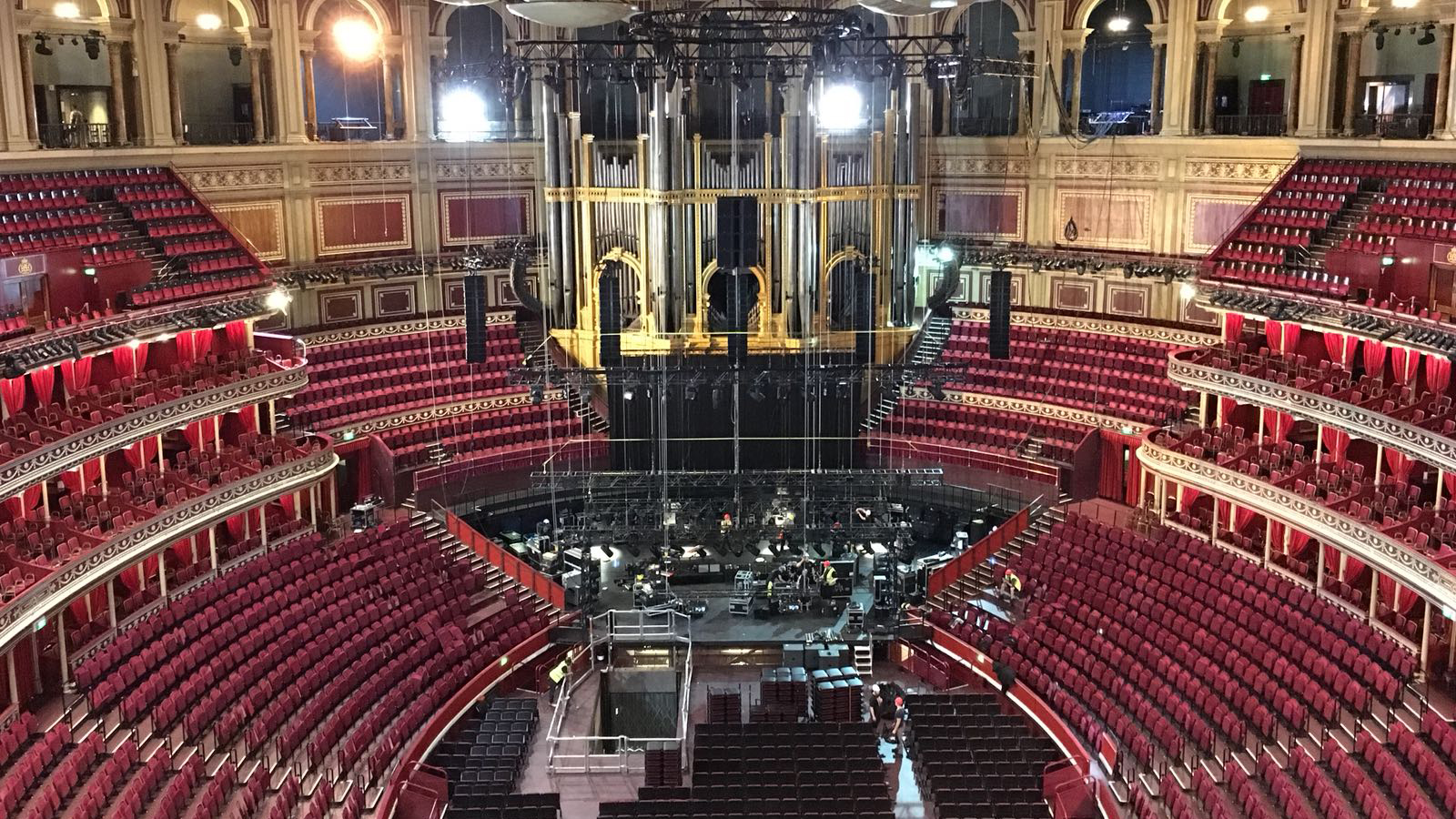
It’s all about separation. The L-ISA technology provides a better means of placing things within the audio image. The amazing thing is the off-axis imaging: you get the sense of the placement across the whole of the stage from most positions in the audience bowl and that, in turn, improves clarity. To be honest the benefits were even better than I had expected.
Lez Dwight, Britannia Row Productions
